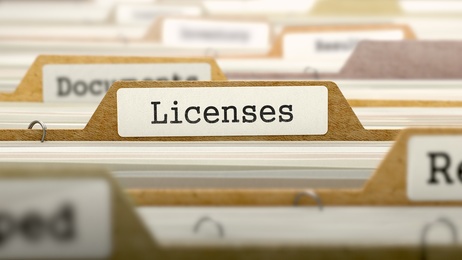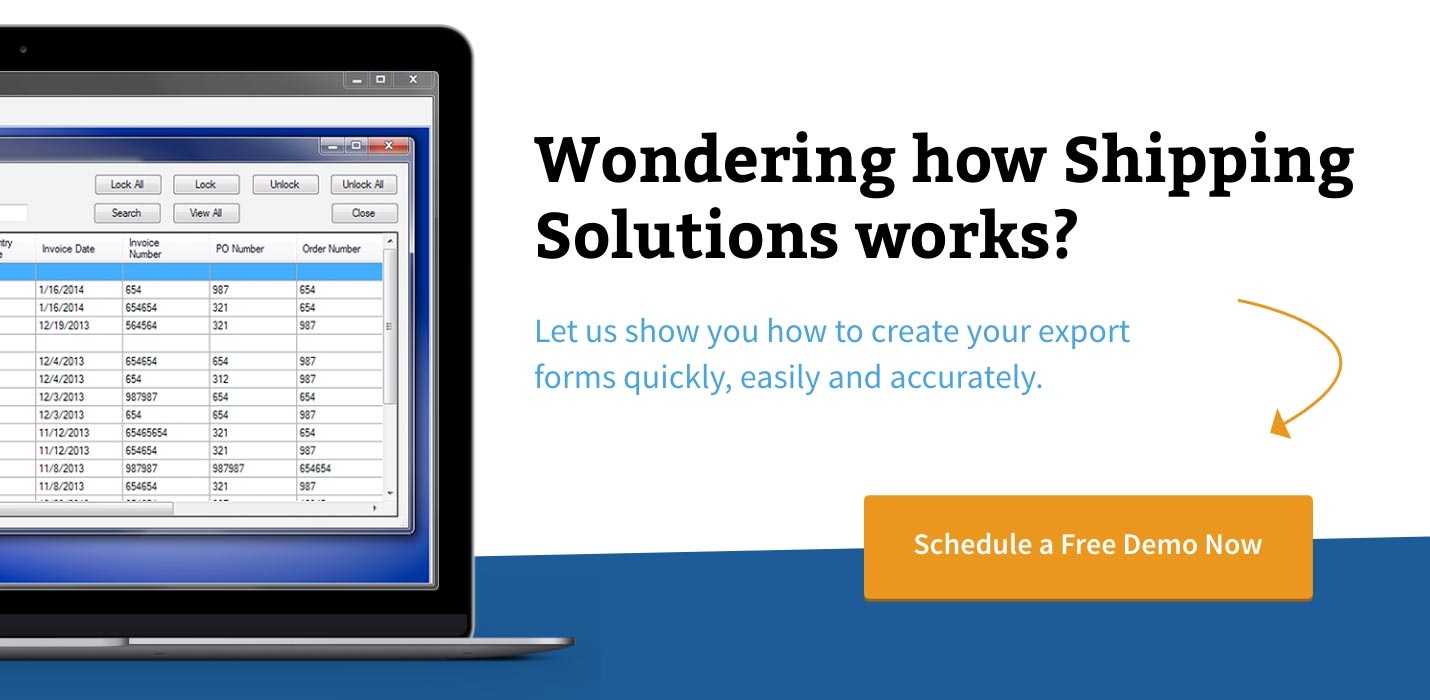The International Trade Blog Shipping Solutions Software
The End of Export License Type C32, No License Required (NLR)
On: March 28, 2017 | By:  Lisa Nemer |
4 min. read
Lisa Nemer |
4 min. read
 I have to admit, I get a slight sense of dread when I get an email from the U.S. Census Bureau. Why? Because I know it’s important information for U.S. exporters, but there’s a good chance I’m not going to understand what they are talking about!
I have to admit, I get a slight sense of dread when I get an email from the U.S. Census Bureau. Why? Because I know it’s important information for U.S. exporters, but there’s a good chance I’m not going to understand what they are talking about!
There are two approaches with an email like that. You can skim it, assume it’s not important because you don’t understand it, and hit delete. Or you can dive in, Google the regulations you don’t know, make a phone call or two, and make sense of the important information they are relaying.
I used the second method when I received an email titled, “Removal of AES License Type Code C32, No License Required (NLR).”
At first glance, the title is a bit shocking. The Census Bureau is getting rid of NLR—No License Required? But no, there are two NLR license types, C32 and C33.
The next line says, “This broadcast further explains the removal of License Code C32 and its potential impact on AES reporting.” OK, so this affects reporting through AESDirect, and it does not affect the C33 license type. So what was C32 used for?
Export License Type C32
The C32 license type was used for items with Export Control Classification Numbers (ECCNs) that were controlled for reasons other than antiterrorism (AT) but that didn’t require an export license per the Commerce Country Chart. The ECCN of the item, however, was required for AESDirect reporting, which is what made it different from license type C33 where the ECCN is optional.
Learn more about U.S. export regulations.
Download the free white paper:
What You Need to Know about Export Compliance.
License type C32 was removed as of October 1, 2016, but you were still able to use it when filing through AESDirect for six months after the effective date. However, those six months have passed, and as of April 1, 2017, license code C32 is no longer accepted and AES filers reporting C32 will receive a fatal error from AES. Instead of C32, those items should now use license type C33. However, there is still the stipulation that if the item is controlled for reasons other than AT, then you must provide an ECCN even when using the C33 license type.
For both C32 and C33 license types, the license exemption code is NLR, so there is no change in the code you need to enter in AESDirect. In Shipping Solutions, the license type and license exemption code are entered on the EZ Start-Product Details screen in the boxes labeled License Type and License No./Exemption, respectively.
Series 600 Items
Then things really get muddy. The email from Census explains that 600 series items and items classified as 9X515 that have a .y paragraph will continue to be designated as NLR under license type C60 using the license exemption code DY6. This has not change. But series 600 items and 9X515 items not using the .y paragraph that were being shipped to Canada did use license type C32. These items now use license type C33.
Since the email might be easier to understand if you know what a Series 600 item is, here is some background. Series 600 items are listed in Category 9 of the Commerce Control List (CCL), which is controlled by the Bureau of Industry and Security under the Department of Commerce. They are items that used to be controlled by the Department of State under ITAR but were moved to the CCL under the Export Administration Regulations in 2013 to make them easier to export. In reality, they are controlled almost as strictly under the CCL as they were under ITAR.
An example of a series 600 ECCN number is 9A610. The 9X515 ECCNs are 9A515, 9B515, 9D515 and 9E515. They have also been moved from the ITAR list just like the series 600 items. If the item has a .y as part of the ECCN, then the item has been deemed to be similar to the other items in that ECCN but they are not significant enough to need a license.
So, a 600 series or 9X515 ECCN that is being shipped to Canada does not need a license and should use license type C33, which is a change, unless the ECCN includes a .y, in which case it should use license type DY6 like it does now.
Now do you understand my feeling of dread when opening these emails?
Changes to Shipping Solutions
The C32 license type will be removed for new installations of Shipping Solutions as of version 9.12/8.12. For existing installations, version 9.12/8.12 will add the word discontinued to the C32 license type. Users can do that anytime by going to the Databases tab, License Type screen. The code should not be deleted, however, as that will affect any shipment that used C32 in the past.
This article was first published in August 2016 and has been updated to include current information, links and formatting.

About the Author: Lisa Nemer
Lisa Nemer leads the customer service and finance teams at Shipping Solutions, a software company that develops and sells export document and compliance software targeted specifically at small and mid-sized U.S. companies that export. If you have ever called Shipping Solutions with a question or problem you've probably talked to Lisa! Prior to joining Shipping Solutions, Lisa spent 14 years in finance and technology-related jobs for a Fortune 500 company in Minneapolis.


